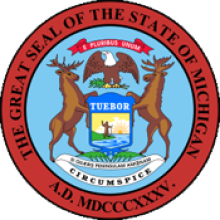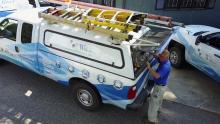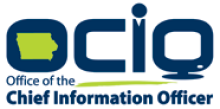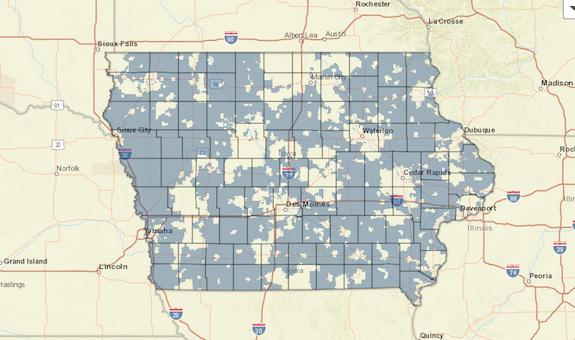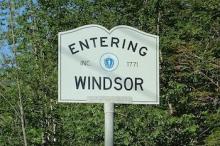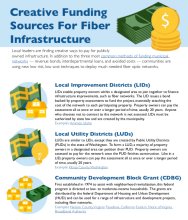Washington Legislature Considering Broadband Investment Plan From Governor; House Hearing Today
Governor Jay Inslee started to promote his bill for better broadband earlier this year and, with any luck, Washington will have a solid foundation to expand broadband before the end of this year’s legislative session. SB 5511, a measure backed by the Governor, has sailed through the Senate, and has now appeared in the House. The bill establishes a State Broadband Office and earmarks funding for local broadband initiatives.
The bill is on the agenda for today's House Innovation, Technology & Economic Development Committee meeting at 10 a.m. PDT.
Difficult But Doable
In order to bring high-quality Internet access to all of Washington, millions and possibly billions of dollars of infrastructure investment are required. No one is certain how much completing the task will cost, and obtaining a better estimate will be one of the tasks of the State Broadband Office (SBO), which will be created by SB 5511. The bill allocates $1.2 million for the SBO.
Rural communities, economic development organizations, and tribes have all supported a measure to establish state investment in broadband infrastructure deployment across Washington. In January, Inslee met with leaders from communities across the state, including Colville Business Council member Susie Allen representing the Colville Tribes, to discuss the need for state funding:
“I have been working on broadband initiatives on our reservation for many years, but unfortunately, substantially, we still remain under-served and unserved, without broadband services,” said Allen. “The Colville Tribes have invested several millions of dollars to begin to meet this need, but we require assistance from the state and federal agencies to complete this work… The lack of broadband service creates not just an inconvenience, but poses real safety concerns throughout the reservation.”
The Colville Tribe has invested $6 million in order to connect the tribal government and under the terms of SB 5511, they would qualify to receive more funding in grants and low-interest loans.





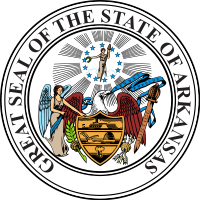 Even though large incumbent ISPs have collected federal grant funding in the past, deployment in Arkansas has been inadequate to connect all Arkansans. According to the FCC, connectivity to households is
Even though large incumbent ISPs have collected federal grant funding in the past, deployment in Arkansas has been inadequate to connect all Arkansans. According to the FCC, connectivity to households is 